Connecting through an Immersive & Interactive Future
The future of architectural visualization is at an incredible threshold. Digital twins, virtual representations of physical spaces, will enable real-time monitoring and simulation throughout a building’s lifecycle, transforming design, maintenance, and optimization. Interactivity is becoming essential, allowing users to engage with designs through interactive walkthroughs that provide a tangible sense of scale and spatial relationships. Real-time gaming technologies, powered by engines like Unreal Engine and Unity, offer dynamic, realistic renderings in real-time, aiding rapid decision-making. Augmented and mixed reality technologies overlay digital models onto the physical world, improving context and communication. Collaborative design spaces facilitate remote teamwork, enhancing communication and decision-making among architectural teams. Artificial intelligence automates aspects of visualization, from generating textures to suggesting design improvements. Data-driven design, integrating analytics and computational approaches, optimizes sustainability and user experience. These trends collectively usher in a new era of architectural visualization that embraces advanced technology for more accurate, immersive, and dynamic representations of architectural concepts.
Architectural visualization’s evolution will profoundly impact the trends outlined above. As digital twins become central, visualization will ensure that these virtual representations accurately reflect physical reality, enhancing informed decision-making throughout a building’s lifecycle. Interactivity will enable users to engage with designs intuitively, fostering a deeper understanding of spatial concepts. The integration of real-time gaming technologies will elevate visualization quality, allowing architects to manipulate environments on-the-fly for swift design iterations. Augmented and mixed reality experiences will bridge the gap between the digital and physical realms, enhancing communication and enabling stakeholders to experience proposed structures within real contexts. Collaborative design spaces will facilitate seamless teamwork, allowing architects to collectively refine designs regardless of geographical boundaries. With AI-generated content, visualization processes will become more efficient and innovative, while data-driven design will enable architects to optimize projects for sustainability and user satisfaction. In essence, architectural visualization’s impact will empower architects to transform concepts into reality, enriching the design process and resulting in more sophisticated and purposeful built environments.

